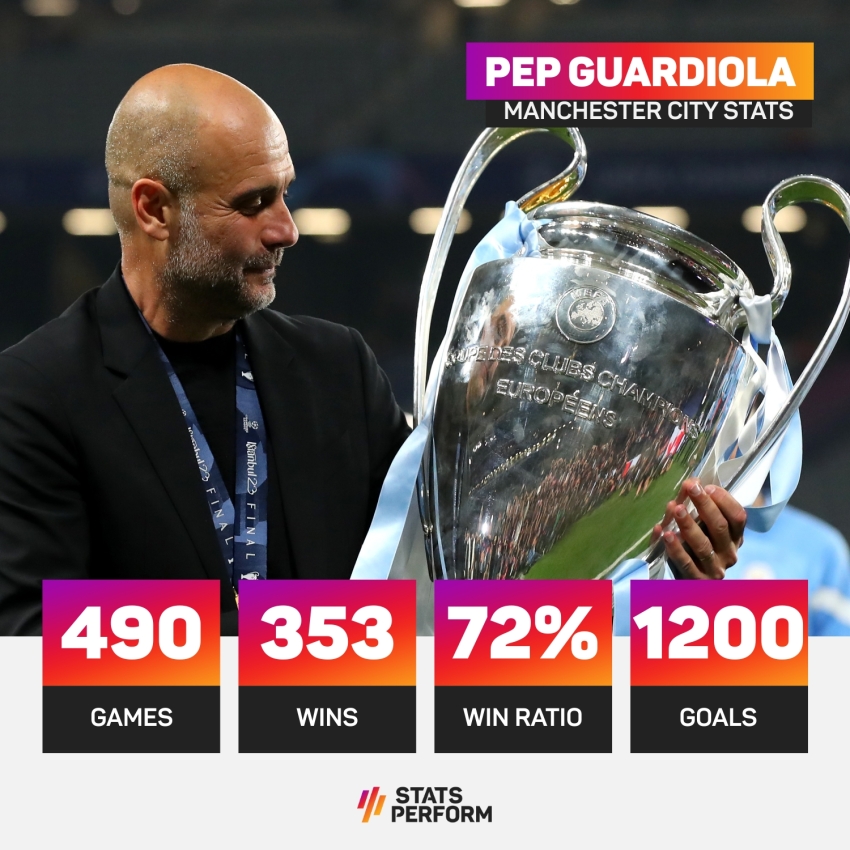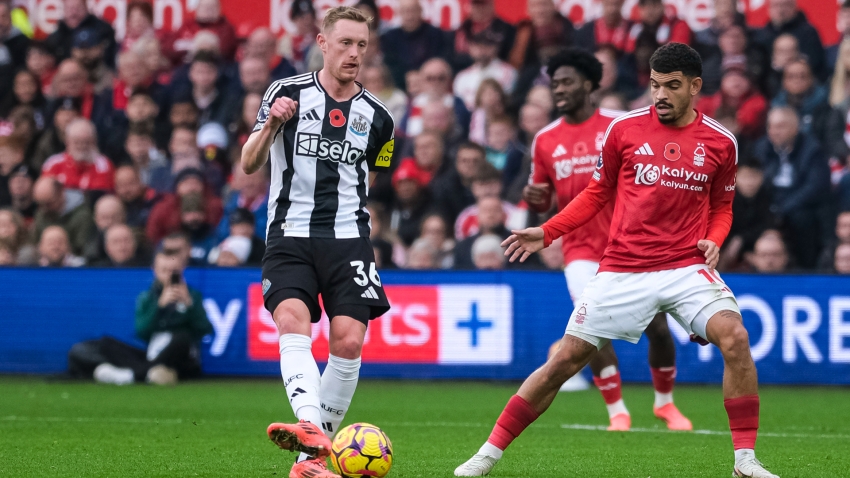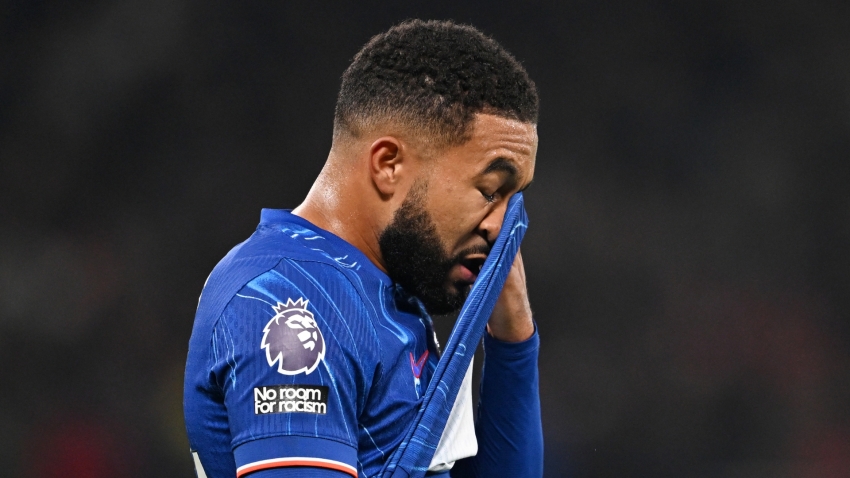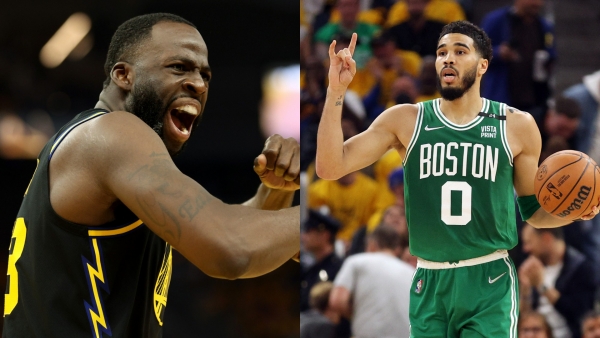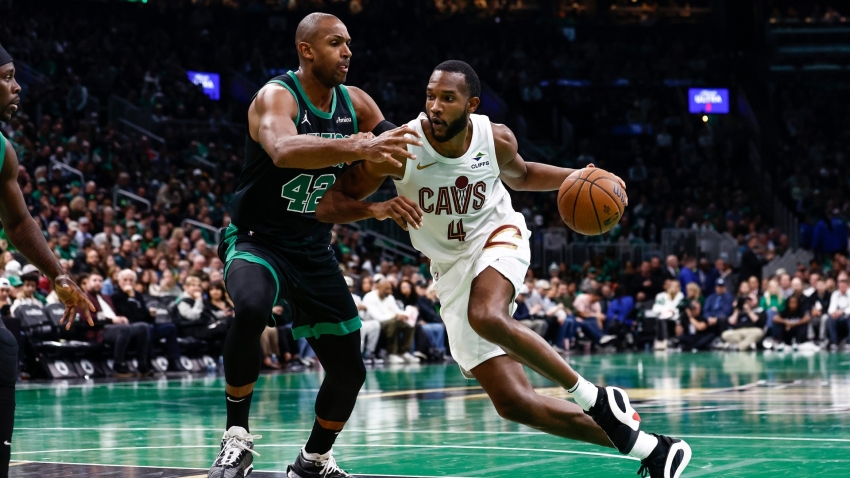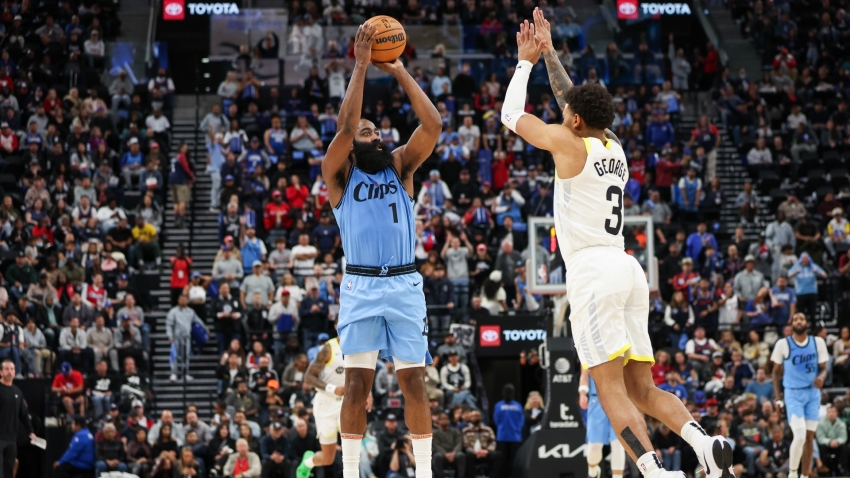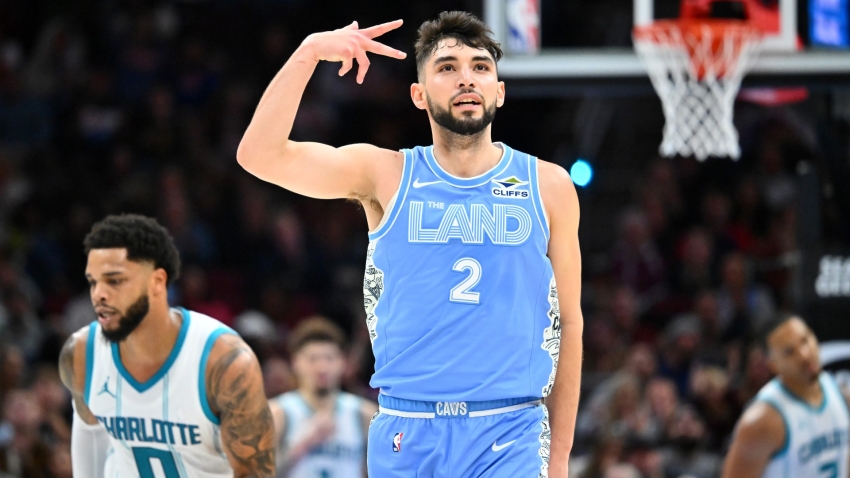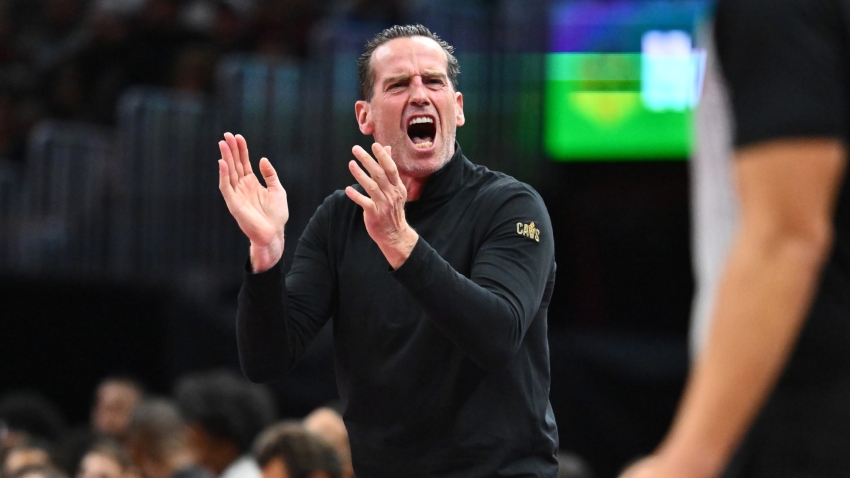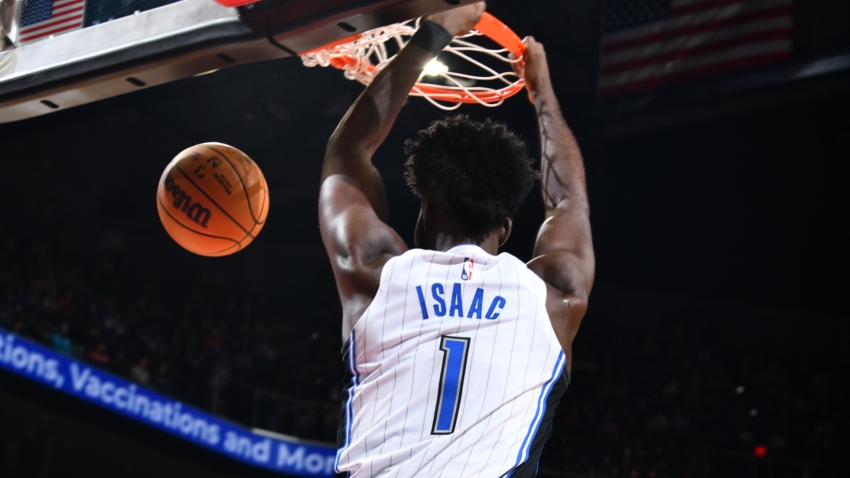The Boston Celtics stole home-court advantage with their impressive win against the Golden State Warriors in Game 1 of the NBA Finals – but it is a long series, and both teams have some adjustments to make.
In the Celtics' 120-108 victory, Jayson Tatum did not shoot the ball well (three-of-17 from the field), but made up for it with his playmaking, dishing a career-high 13 assists to take advantage of an outlier shooting performance from the rest of his team.
For the Warriors, a dynamic 38-24 third period had them leading by 12 heading into the last, before a fourth-quarter bombardment saw a 103-100 lead turn into a 117-103 deficit courtesy of a 17-0 run.
Stephen Curry was spectacular, with 21 points and a Finals-record six three-pointers in just the first quarter, going on to finish with 34 points, five rebounds, five assists and three steals.
With Game 2 scheduled for Sunday night, here is one key adjustment we could see from both teams as the series progresses, and a storyline to watch.
Warriors play no more than one big at a time
When the Warriors were at the peak of their dynasty, Draymond Green would play center, surrounded by four perimeter players.
Due to his excellent play this postseason – as well as playing all 82 regular season games, starting 80 – center Kevon Looney has earned a significant playoff role.
He was the difference-maker when trusted with an extended run in his side's Game 6 closeout against the Memphis Grizzlies, collecting 22 rebounds, and he was terrific against a Dallas Mavericks side lacking a true center, averaging 10.6 points, 10.6 rebounds and three assists per game for the series.
To put the blame of the Game 1 loss on Looney is simply wrong. He was not just serviceable, he was good, with nine rebounds, five assists and three blocks in his 25 minutes – but the Warriors are simply not the same beast on the offensive end when he and Green are on the floor at the same time.
However, this does not mean they must bench Looney, but instead the Warriors may be forced into some difficult conversations about the effectiveness of Green in this series.
Green is no longer the explosive athlete he was at the peak of his powers – when he was clearly the best defensive player in the NBA – and without that athleticism he begins to feel like the 6'6 center that he is.
Calling him a non-factor on the offensive end is disrespectful due to his incredible basketball IQ and the value he adds with his ball-movement, passing and screening – but these are areas Looney has quietly excelled in as well.
Looney, significantly bigger at 6'9, matched Green with five assists, showing plenty of similar reads and the ability to function in a largely similar role on the offensive end. He also grabbed six offensive rebounds, providing serious tangible value in the form of extra possessions, while also being the Warriors' only real rim protector.
Green will likely not shoot two-of-12 from the field again – missing all four of his three-point attempts and all three of his free throws – but if he is weighing you down offensively while not bringing his once-outlier defensive ability, it just may be a Looney series against the real size of Al Horford and Robert Williams III.









